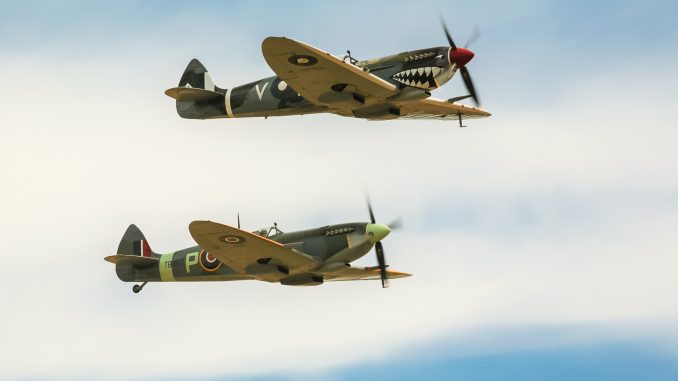
Temora Aviation Museum – Easter Weekend 2018 Aircraft Showcase – Air Show Review
by Phil Buckley
The Temora Aviation Museum in the south eastern corner of New South Wales, Australia hosted their annual Easter Weekend Aircraft Showcase on March 31st/April 1st. The airport became a hive of activity as various warbirds performed in front of an appreciative crowd. Attracting people from local and intrastate and beyond, visitors came to see the historic aircraft from the museum’s own collection, along with participants from the Historic Aircraft Restoration Society (HARS) and local warbird owners from across New South Wales and neighboring Victoria.

Each day’s show started off with the trainers taking to the skies – a deHavilland Tigermoth and Ryan STM-S2. These were the primary trainers in Australia just before and during WW2. They showed how elegant flying was back in those days. The bright yellow Tigermoth stood out clearly against the sky while the silver and highly polished Ryan dazzled your eyes as it sauntered around the airfield.

Next in the air was the world’s only flying Lockheed Hudson; one of just six complete examples. The Hudson was primarily a medium bomber, but the type was highly versatile, flying many different missions during WWII from coastal patrol to troop transport, and even air-sea rescue with a lifeboat strapped underneath. RAAF Hudsons were active in New Guinea and Australia. This particular Hudson, a Mk.IVA, served in the RAAF as A16-112. Being such a rare aircraft, it’s worth exploring a little of her history. She first arrived in Australia on December 5th, 1941, just two days before the war kicked off in the Pacific. She initially joined No.1 Operational Training Unit before assignment to 14 Squadron in July, 1942, for anti-submarine patrols in Western Australia. After a period of similar activity with 32 Squadron on Australia’s eastern seaboard, A16-112 joined 6 Squadron at Milne Bay, New Guinea in April, 1943, flying bombing, armed reconnaissance and patrol missions for the next few months, before transfer back to the mainland to receive modifications for use with the RAAF Survey Flight. ‘112 joined the Survey Flight in May, 1944, serving out the rest of the war in this unit. The RAAF struck her off in 1947, whereupon she passed through several civilian flying services, somehow surviving long enough to find value as a museum exhibit with Malcolm Long in the 1970s. The Long family gradually restored the rare Hudson back to her original military configuration, and she once again took to the skies in 1993, resplendent in the markings of Hudson Mk.IIIA A16-211, another 6 Squadron veteran which had a much busier combat career in New Guinea. As a unique, airworthy survivor, A16-112 plays a significant role in helping present RAAF history to the public, as Lockheed Hudsons were the first RAAF bombers to hit the Japanese in the opening hours of the Pacific War. The Hudson flew with surprising agility at Temora, demonstrating her performance capabilities with some steep turns that amazed many in the crowds below.


Some classic WWII fighters were then introduced to the audience. To a military aviation enthusiast, there is little music sweeter than the sound of an Allison V-1710 engine starting up, and so it was at Temora with Doug Hamilton’s 49thFG combat veteran Curtiss P-40N Warhawk 42-104986. She was closely followed into the air by an equally unusual CAC Boomerang. These two fighter types were crucial to the RAAF’s defense of Australia in the early days of WWII. The P-40 and Boomerang flew close formation displays and then a series of tail chases before breaking out into solo performances. The Boomerangs diminutive size belies its capabilities. Flying vital missions to support troops in New Guinea and as a temporary, stop-gap fighter in the early days of WWII, it was nevertheless overshadowed by its successors, almost disappearing into obscurity after the war. But with the resurrection of several wrecks into flying warbirds, the type has finally gathered some well-earned public recognition in the last couple of decades.


The Temora Aviation Museum’s Cessna O-2A Skymaster aircraft took to the skies after the WWII “heavy iron”. Her pilot put the nimble aircraft through its paces with great passion showing how effective the type must have been in the Forward Air Controller role in which it served. A significant number of Australian pilots flew O-2s in Vietnam while on exchange with the USAF.

A highlight of the show was seeing HARS’ Consolidated PBY-6A Catalina flying boat lumbering across the skies. Painted to represent one of the famous RAAF ‘Black Cats’ used in night-time mine-laying operations in WWII, the flying boat was a nice inclusion as it is an infrequent participant at the show. Her stirring performance reminded people of the heavy price that RAAF crews could pay during WWII in keeping Australia safe, with Catalinas undertaking many dangerous missions over vast distances.

The air show concluded with the flight of TAM’s two Supermarine Spitfires (Mk.VIII A58-758 and Mk.XVI TB863). They are currently the only flying Spitfires in Australia, although that is set to change sometime soon with the rapid progress being made two examples of the breed at Ross Pay’s Vintage Fighter Restorations (see HERE for our recent report). The Spits started up and took off with characteristic style, their throaty Merlin engines echoing around the airport. The fighters initially flew close formation passes and then broke off into solo routines. And thus ended the show.


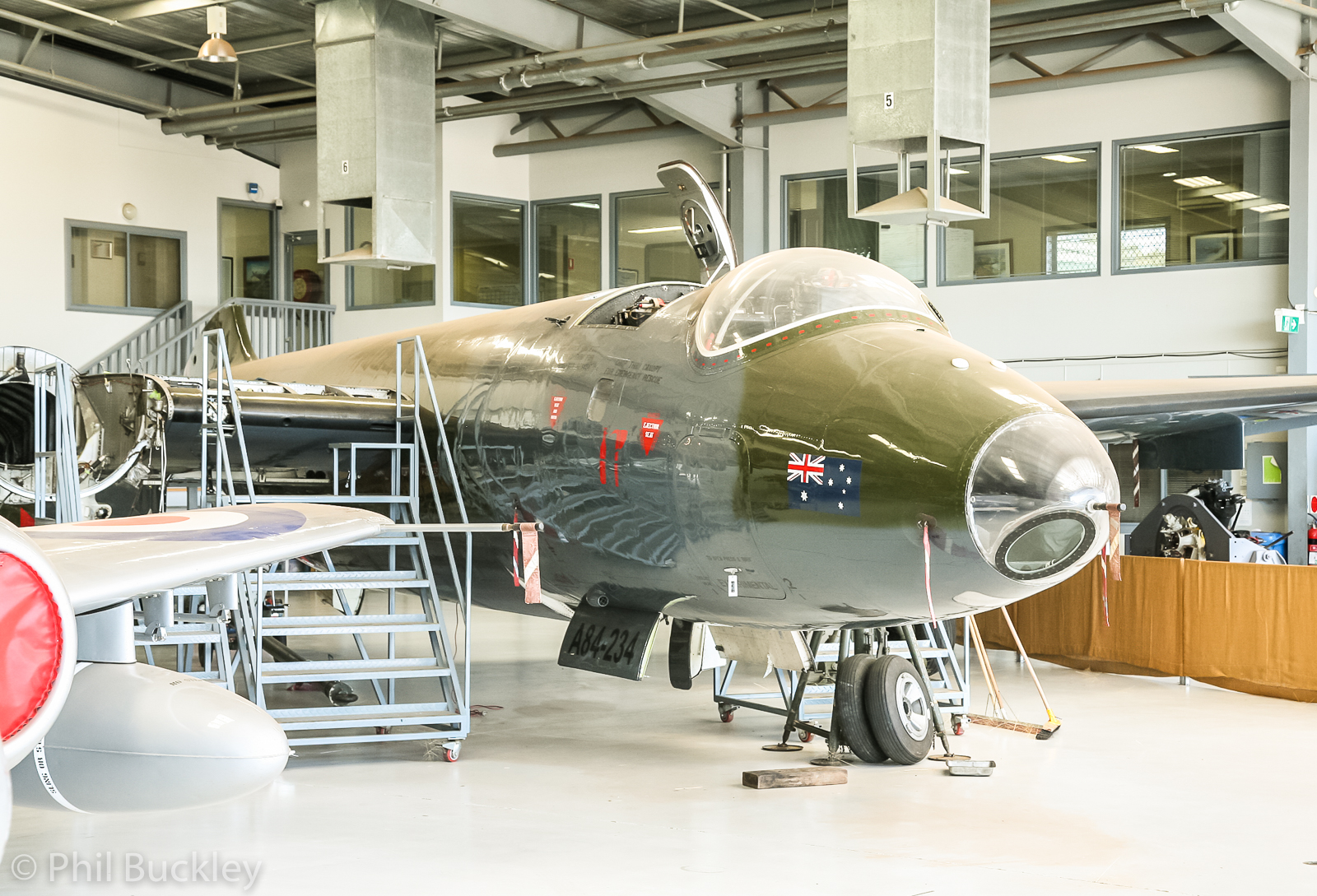
- Autumn Weekend 2018 Aircraft Showcase – April 28, 2018
- May 2018 Aircraft Showcase – May 19, 2018
- June Long Weekend 2018 Aircraft Showcase – June 9, 2018
- Father’s Day 2018 Weekend Aircraft Showcase – September 1, 2018
- Warbirds Downunder Airshow 2018 – October 12/13, 2018



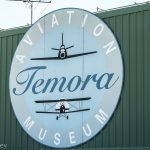
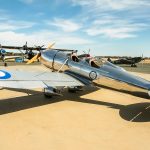
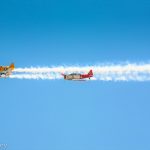
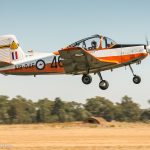
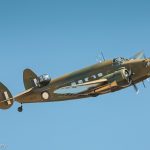
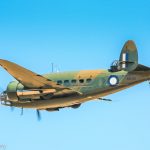
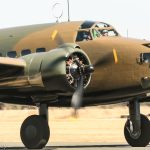
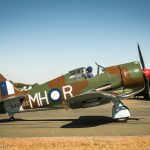
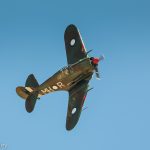
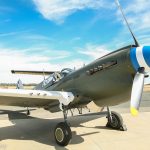
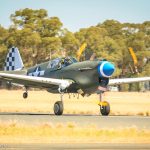
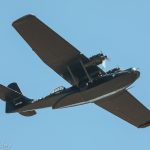
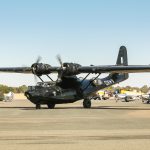
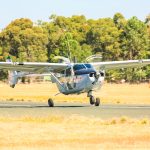
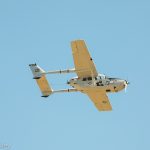
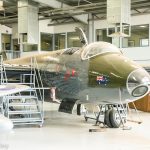
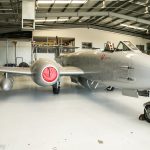
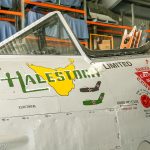
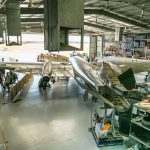
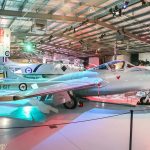
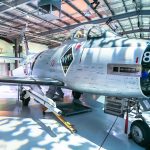
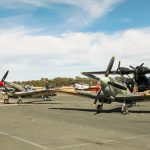
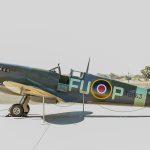
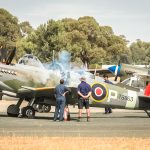
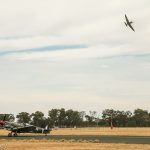
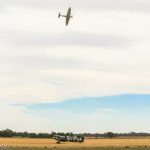
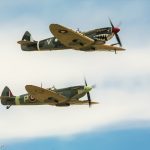
1 Trackback / Pingback
Graphic Design, Branding and Aviation Art